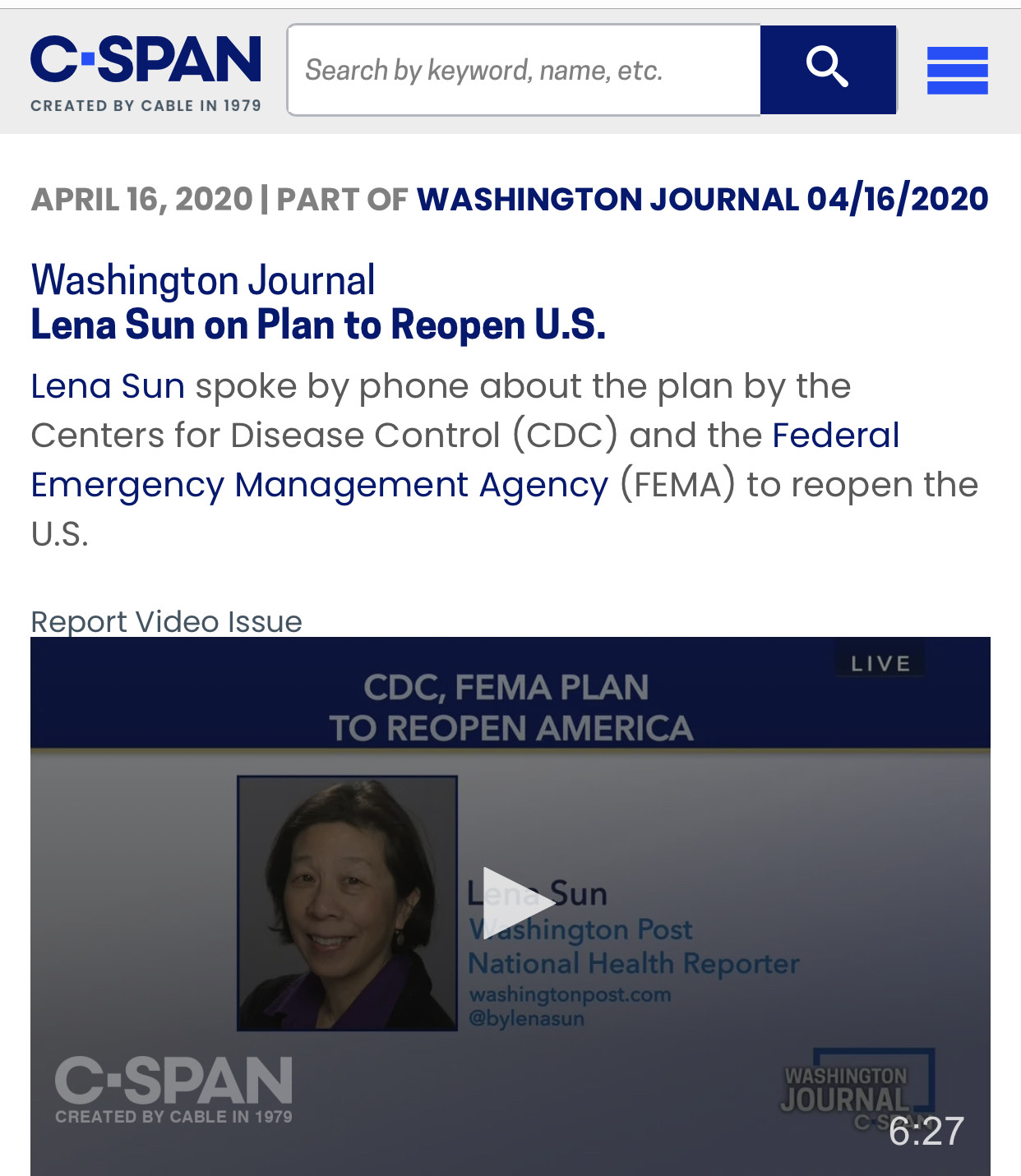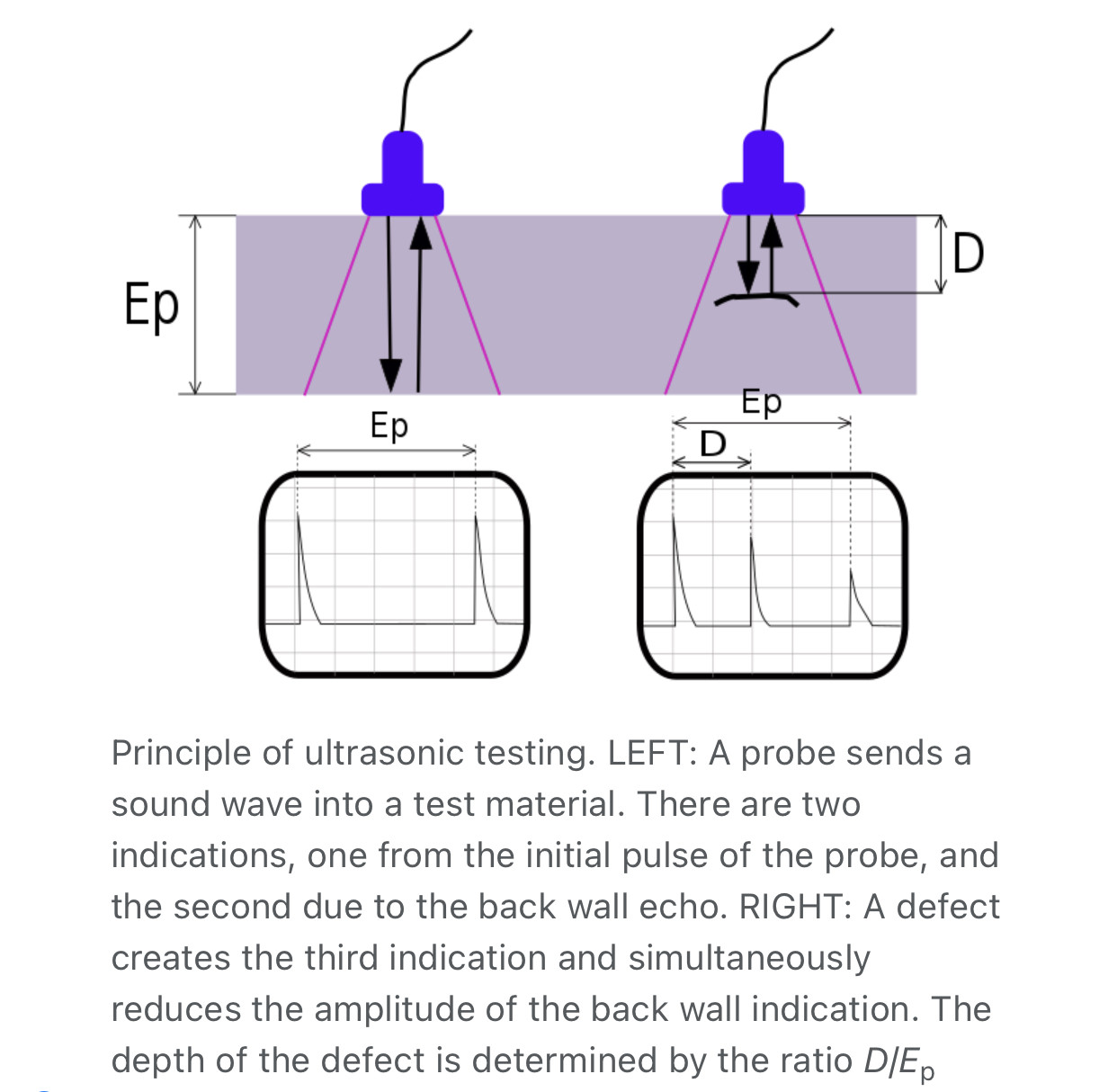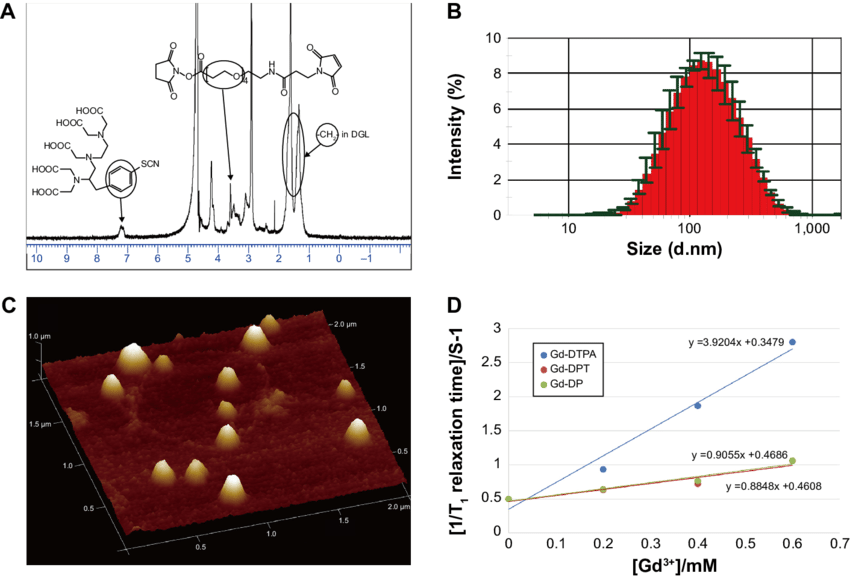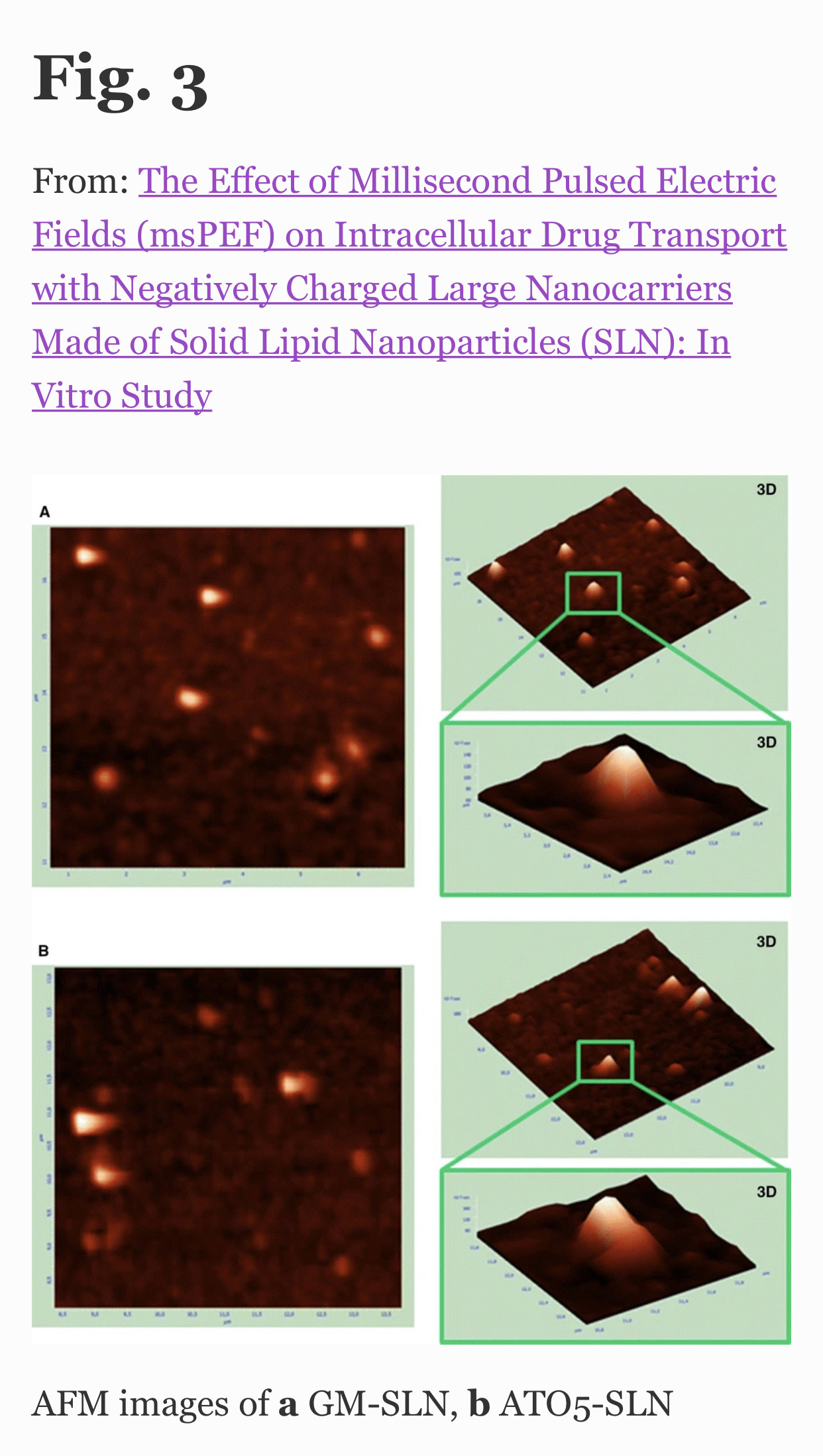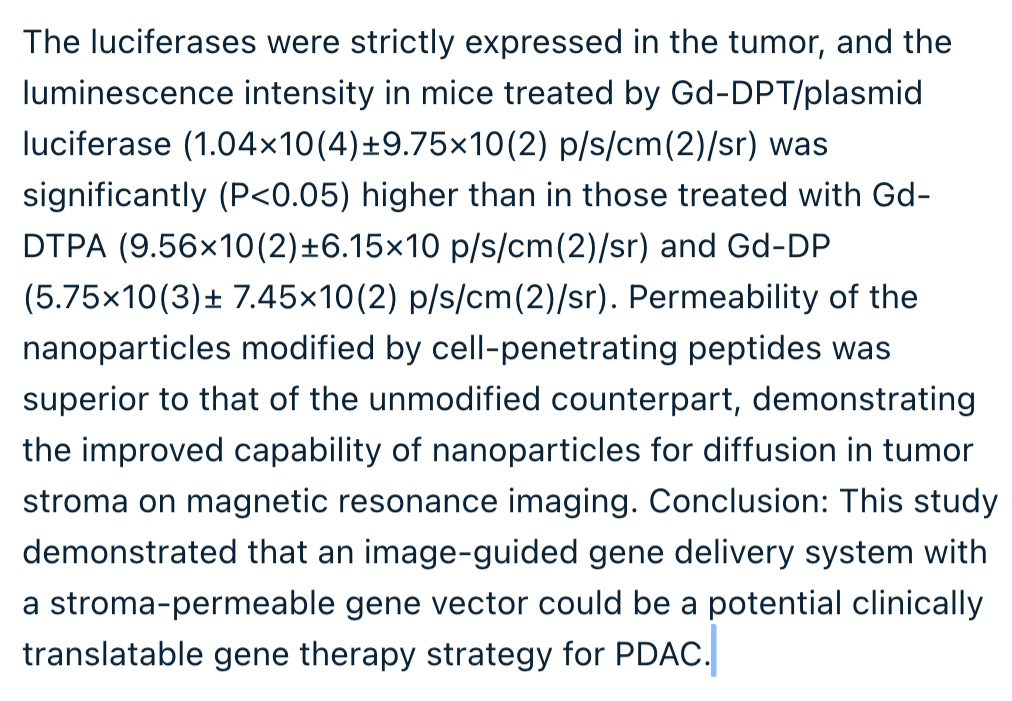The Mac
@TheMac
08 August, 01:28
The surface area of inhaled nanoparticles favors the formation of free radicals (i.e. superoxide anions or hydroxyl radicals), which drive oxidative stress, an underlying mechanism that promotes inflammatory responses (14, 15). The ratio of surface atoms to total atoms or molecules increases exponentially with decreasing particle size, contributing to the surface reactivity (10). Oberdörster confirmed this by examining a difference in toxicities from nano-sized versus micron-sized titanium dioxide particles of the crystalline type, anatase, when instilled at the same mass dose. The nano-sized particles were more reactive than the micron-sized particles. The data was linearly correlated when the same experiments were performed at the same surface area dose (1)
Notice: Undefined index: tg1tga_access in /home/admin/www/anonup.com/themes/default/apps/timeline/post.phtml on line 396
08 August, 01:33
In response The Mac to his Publication
Has anyone ever noticed how Titanium Dioxide is in a plethora of products?
Notice: Undefined index: tg1tga_access in /home/admin/www/anonup.com/themes/default/apps/timeline/post.phtml on line 396
The Mac
@TheMac
08 August, 04:39
In response Photon 333 to her Publication
Notice: Undefined index: tg1tga_access in /home/admin/www/anonup.com/themes/default/apps/timeline/post.phtml on line 396
Only followers of this user (HopeAlways888) can see their posts
The Mac
@TheMac
08 August, 08:06
In response Hope Always888 to her Publication
Notice: Undefined index: tg1tga_access in /home/admin/www/anonup.com/themes/default/apps/timeline/post.phtml on line 396
The Mac
@TheMac
08 August, 08:12
In response The Mac to his Publication
Notice: Undefined index: tg1tga_access in /home/admin/www/anonup.com/themes/default/apps/timeline/post.phtml on line 396
The Mac
@TheMac
08 August, 08:14
In response The Mac to his Publication
Amazon boss Jeff Bezos buys Washington Post for $250m. The boss of Amazon, Jeff Bezos, has agreed to purchase the Washington Post newspaper for $250m (£163m). Mr Bezos is buying the paper and its other print properties in a personal capacity. The Post has been owned by the Graham family for 80 years.
Notice: Undefined index: tg1tga_access in /home/admin/www/anonup.com/themes/default/apps/timeline/post.phtml on line 396
The Mac
@TheMac
08 August, 08:18
In response The Mac to his Publication
Notice: Undefined index: tg1tga_access in /home/admin/www/anonup.com/themes/default/apps/timeline/post.phtml on line 396
The Mac
@TheMac
08 August, 08:21
In response The Mac to his Publication
Notice: Undefined index: tg1tga_access in /home/admin/www/anonup.com/themes/default/apps/timeline/post.phtml on line 396
The Mac
@TheMac
08 August, 08:43
In response The Mac to his Publication
BEIJING, China -- China's biggest steel firm says it will receive its first shipment of scrap metal from the World Trade Center wreckage soon and turn it into steel plates -- not, as some newspaper reports had suggested, souvenirs.
Chinese state newspapers had earlier reported that Shanghai Baosteel Group Corp. planned to turn 50,000 tons of Ground Zero steel into souvenirs -- including models of the twin towers.
The WTC towers dominated the New York skyline before two hijacked passengers slammed into them on September 11, triggering their collapse.
Chinese state newspapers had earlier reported that Shanghai Baosteel Group Corp. planned to turn 50,000 tons of Ground Zero steel into souvenirs -- including models of the twin towers.
The WTC towers dominated the New York skyline before two hijacked passengers slammed into them on September 11, triggering their collapse.
Notice: Undefined index: tg1tga_access in /home/admin/www/anonup.com/themes/default/apps/timeline/post.phtml on line 396
The Mac
@TheMac
08 August, 08:45
In response The Mac to his Publication
Ultrasonic testing is often performed on steel and other metals and alloys, though it can also be used on concrete, wood and composites, albeit with less resolution. It is used in many industries including steel and aluminium construction, metallurgy, manufacturing, aerospace, automotive and other transportation sectors.
Notice: Undefined index: tg1tga_access in /home/admin/www/anonup.com/themes/default/apps/timeline/post.phtml on line 396
The Mac
@TheMac
08 August, 08:48
In response The Mac to his Publication
Targeting systemically-administered drugs and genes to specific regions of the central nervous system (CNS) remains a challenge. With applications extending into numerous disorders and cancers, there is an obvious need for approaches that facilitate the delivery of therapeutics across the impervious blood-brain barrier (BBB). Focused ultrasound (FUS) is an emerging treatment method that leverages acoustic energy to oscillate simultaneously administered contrast agent microbubbles.
Notice: Undefined index: tg1tga_access in /home/admin/www/anonup.com/themes/default/apps/timeline/post.phtml on line 396
The Mac
@TheMac
08 August, 08:49
In response The Mac to his Publication
This FUS-mediated technique temporarily disrupts the BBB, allowing ordinarily impenetrable agents to diffuse and/or convect into the CNS. Under magnetic resonance image guidance, FUS and microbubbles enable regional targeting—limiting the large, and potentially toxic, dosage that is often characteristic of systemically-administered therapies. Subsequent to delivery across the BBB, therapeutics face yet another challenge: penetrating the electrostatically-charged, mesh-like brain parenchyma.
Notice: Undefined index: tg1tga_access in /home/admin/www/anonup.com/themes/default/apps/timeline/post.phtml on line 396
The Mac
@TheMac
08 August, 08:49
In response The Mac to his Publication
Non-bioadhesive, encapsulated nanoparticles can help overcome this additional barrier to promote widespread treatment in selected target areas. Furthermore, nanoparticles offer significant advantages over conventional systemically-administered therapeutics. Surface modifications of nanoparticles can be engineered to enhance targeted cellular uptake, and nanoparticle formulations can be tailored to control many pharmacokinetic properties such as rate of drug liberation, distribution, and excretion. For instance, nanoparticles loaded with gene plasmids foster relatively stable transfection, thus obviating the need for multiple, successive treatments. As the formulations and applications of these nanoparticles can vary greatly, this review article provides an overview of FUS coupled with polymeric or lipid-based nanoparticles currently utilized for drug delivery, diagnosis, and assessment of function in the CNS.
Notice: Undefined index: tg1tga_access in /home/admin/www/anonup.com/themes/default/apps/timeline/post.phtml on line 396
The Mac
@TheMac
08 August, 08:52
In response The Mac to his Publication
The blood–brain barrier (BBB) presents a significant obstacle for the treatment of many central nervous system (CNS) disorders, including invasive brain tumors, Alzheimer's, Parkinson's and stroke. Therapeutics must be capable of bypassing the BBB and also penetrate the brain parenchyma to achieve a desired effect within the brain. In this study, we test the unique combination of a non-invasive approach to BBB permeabilization with a therapeutically relevant polymeric nanoparticle platform capable of rapidly penetrating within the brain microenvironment.
Notice: Undefined index: tg1tga_access in /home/admin/www/anonup.com/themes/default/apps/timeline/post.phtml on line 396
The Mac
@TheMac
08 August, 08:52
In response The Mac to his Publication
MR-guided focused ultrasound (FUS) with intravascular microbubbles (MBs) is able to locally and reversibly disrupt the BBB with submillimeter spatial accuracy. Densely poly(ethylene-co-glycol) (PEG) coated, brain-penetrating nanoparticles (BPNs) are long-circulating and diffuse 10-fold slower in normal rat brain tissue compared to diffusion in water. Following intravenous administration of model and biodegradable BPNs in normal healthy rats, we demonstrate safe, pressure-dependent delivery of 60 nm BPNs to the brain parenchyma in regions where the BBB is disrupted by FUS and MBs. Delivery of BPNs with MR-guided FUS has the potential to improve efficacy of treatments for many CNS diseases, while reducing systemic side effects by providing sustained, well-dispersed drug delivery into select regions of the brain.
Notice: Undefined index: tg1tga_access in /home/admin/www/anonup.com/themes/default/apps/timeline/post.phtml on line 396
The Mac
@TheMac
08 August, 08:56
In response The Mac to his Publication
Nanoparticle characterization. Notes: (A) 1 h nuclear magnetic resonance spectra for DTPa-Dgl-Peg-TaT. (B) Diameter distribution of gd-DPT/prFP. (C) atomic force microscopy image of gd-DPT/ prFP. (D) relaxivity (r1) measurement for gd-DTPa (3.92 mM-1 s-1 ), gd-DP/prFP (0.91 mM-1 s-1 ), and gd-DPT/prFP (0.88 mM-1 s-1 ). Abbreviations: Gd, gadolinium; DGL, dendrigraft poly-L-lysine; PEG, polyethylene glycol; pRFP, plasmid red fluorescence protein; DTPA, gadopentetate dimeglumine; DP, DTPa-Dgl-Peg; DPT, DTPa-Dgl-Peg-TaT.
Notice: Undefined index: tg1tga_access in /home/admin/www/anonup.com/themes/default/apps/timeline/post.phtml on line 396
The Mac
@TheMac
08 August, 08:57
In response The Mac to his Publication
Notice: Undefined index: tg1tga_access in /home/admin/www/anonup.com/themes/default/apps/timeline/post.phtml on line 396
The Mac
@TheMac
08 August, 08:59
In response The Mac to his Publication
Background: Gene therapy is a very promising technology for treatment of pancreatic ductal adenocarcinoma (PDAC). However, its application has been limited by the abundant stromal response in the tumor microenvironment. The aim of this study was to prepare a dendrimer-based gene-free loading vector with high permeability in the tumor stroma and explore an imaging-guided local gene delivery strategy for PDAC to promote the efficiency of targeted gene delivery. Methods:
Notice: Undefined index: tg1tga_access in /home/admin/www/anonup.com/themes/default/apps/timeline/post.phtml on line 396
The Mac
@TheMac
08 August, 08:59
In response The Mac to his Publication
The experimental protocol was approved by the animal ethics committee of Zhongshan Hospital, Fudan University. Third-generation dendrigraft poly-L-lysines was selected as the nanocarrier scaffold, which was modified by cell-penetrating peptides and gadolinium (Gd) chelates. DNA plasmids were loaded with these nanocarriers via electrostatic interaction. The cellular uptake and loaded gene expression were examined in MIA PaCa-2 cell lines in vitro.
Notice: Undefined index: tg1tga_access in /home/admin/www/anonup.com/themes/default/apps/timeline/post.phtml on line 396
The Mac
@TheMac
08 August, 09:00
In response The Mac to his Publication
Permeability of the nanoparticles in the tumor stroma and transfected gene distribution in vivo were studied using a magnetic resonance imaging-guided delivery strategy in an orthotopic nude mouse model of PDAC. Results: The nanocarriers were synthesized with a dendrigraft poly-L-lysine to polyethylene glycol to DTPA ratio of 1:3.4:8.3 and a mean diameter of 110.9±7.7 nm.
Notice: Undefined index: tg1tga_access in /home/admin/www/anonup.com/themes/default/apps/timeline/post.phtml on line 396
The Mac
@TheMac
08 August, 09:01
In response The Mac to his Publication
Notice: Undefined index: tg1tga_access in /home/admin/www/anonup.com/themes/default/apps/timeline/post.phtml on line 396
The Mac
@TheMac
08 August, 09:05
In response The Mac to his Publication
Notice: Undefined index: tg1tga_access in /home/admin/www/anonup.com/themes/default/apps/timeline/post.phtml on line 396
Abstract
The inefficient delivery of genes to target tissues and the inability to monitor delivery of genes and therapeutic responses at both cellular and tissue level hinder the success of gene therapy. Fortunately, molecular imaging strategy provides a vital role in assisting gene therapy in a noninvasive and spatiotemporal manner. To better optimize the effectiveness of gene therapy, numerous functional nanoparticles have been developed to achieve this goal while visualizing the delivery process. This chapter provides an overview of various functionalized nanoparticles with unique physiochemical properties for molecular imaging-guided gene therapy.
Keywords
Gene therapy Gene delivery Nanoparticle Theranostics Molecular imaging
The inefficient delivery of genes to target tissues and the inability to monitor delivery of genes and therapeutic responses at both cellular and tissue level hinder the success of gene therapy. Fortunately, molecular imaging strategy provides a vital role in assisting gene therapy in a noninvasive and spatiotemporal manner. To better optimize the effectiveness of gene therapy, numerous functional nanoparticles have been developed to achieve this goal while visualizing the delivery process. This chapter provides an overview of various functionalized nanoparticles with unique physiochemical properties for molecular imaging-guided gene therapy.
Keywords
Gene therapy Gene delivery Nanoparticle Theranostics Molecular imaging
09:06 PM - Aug 08, 2021
In response The Mac to his Publication
Only people mentioned by TheMac in this post can reply
The Mac
@TheMac
08 August, 09:10
In response The Mac to his Publication
Creep is a type of deformation that weakens metals and alloys when they are exposed to stress and high temperatures. To strengthen steel against creep, engineers disperse small particles – mostly oxides – throughout the metal, but this technique is expensive and not suitable for large-scale manufacturing. Moreover, the particles ‘coarsen’ with time and this reduces their strengthening effect.
Notice: Undefined index: tg1tga_access in /home/admin/www/anonup.com/themes/default/apps/timeline/post.phtml on line 396
The Mac
@TheMac
08 August, 09:10
In response The Mac to his Publication
In many strengthened steels, the creep rate increases abruptly after a certain period and the sample fractures. This so-called time-to-rupture depends on the amount of carbon in the steel. By adding just 0.002% carbon to martensitic steel that already contains 9% chromium, Sawada and colleagues were able to increase the time-to-rupture at 923 Kelvin by a factor of 100 over the strongest creep-resistant steel currently available (which contains about 0.08% carbon).
Using transmission electron microscopy, the Tsukuba team observed that its sample contained a large number of fine particles, between 5 and 10 nanometres in size. In contrast, conventional strengthened steels contain much larger particles, typically 100 to 300 nanometres across. The small particles consist of metal alloyed with either carbon or nitrogen and they are found ‘linked up’ in vulnerable regions such as grain boundaries and other boundaries. These links strengthen the steel.
Using transmission electron microscopy, the Tsukuba team observed that its sample contained a large number of fine particles, between 5 and 10 nanometres in size. In contrast, conventional strengthened steels contain much larger particles, typically 100 to 300 nanometres across. The small particles consist of metal alloyed with either carbon or nitrogen and they are found ‘linked up’ in vulnerable regions such as grain boundaries and other boundaries. These links strengthen the steel.
Notice: Undefined index: tg1tga_access in /home/admin/www/anonup.com/themes/default/apps/timeline/post.phtml on line 396


